Spring 2018 - Travels in Yucatan, Mexico
Mexico's Yucatan Peninsula has a long history of adventure, beginning more than 10,000 years ago with the arrival of the Mayans. These determined people discovered that in this land of no rivers or springs, abundant water could be found underground. Often, the water was accessible via cenotes, deep cavities where the earth had collapsed. The Mayans picked these special places for their great cities, such as Chichen Itza and Uzmal. Their Empire developed, the economy expanded due to agriculture and trade, people thrived, and a rich cultural heritage developed.
The Maya achieved a cultural peak during the Classic Period, 300-900 AD, developing a highly accurate calendar, systems of mathematics, and hieroglyphics, architecture and art, coastal sea travel, and religion. Then in 1517 Spanish explorers arrived, but high tailed it away when they spied the warriors onshore. Later, in 1540, another company arrived and stayed to found the modern town, now known as Campeche.
Campeche
The Catedral de Nuestra Senora de la Conception towers grandly over the Plaza de la Independencia, the gathering place for the community, especially on Sundays, when there is a dazzling sound and light show and live music.
We learned that, in the 1600s, as the city prospered, the Spanish had felt compelled to construct walls, bulwarks, and supporting fortresses to protect the population from attacks by pirates, including. numerous pirate attacks commanded by Jean Lafitte, John Hawkins, and Francis Drake. The most terrible attack, in 1685, was headed by Laurens de Graaf, a Dutchman, who sacked the city and surrounding haciendas, killing a third of the population.
These walls circled the historic center of the city, but with grand gates that connect the city with surrounding neighborhoods.
The walls and the bulwarks as well as two great supporting fortresses offered opportunities to study 18th and 19th century military architecture, and inside several bulwarks and both forts there are museos brimming with historic tidbits and stories.
The mercado offered a slice of modern community life while the many cafes offered Yucatecan cuisine.
Merida
Our visit started on the main square, now surrounded by the Cathedral de San Ildefonso, Casa Montejo (home of one of the wealthy residents), Palacio Municipal (City Hall), and the Palacio de Gobierno (State Government).
While we were there, we began reading the book by John L. Stephens, Incidents of Travel in Yucatan. Stephens was a travel writer who visited the Yucatan Peninsula in 1839 - 42, exploring the many Mayan sites. He was joined by Doctor Samuel Cabot, a surgeon and ornithologist, and Frederick Catherwood, an artist and architect. Together, they documented in great detail these architectural wonders. We were especially enchanted by the Catherwood lithographs of many of the important Mayan sites, on display in his home in Merida.
Today, Merida is the center of the Mayan culture. With a significant Mayan population, multitudinous shops offer Mayan folk art, and restaurants offer Mayan cuisine. In an amazing structure, the Gran Museo del Mundo Maya contains a comprehensive review of all things Maya in a spectacular setting!
Other museos offered us an overview of Merida's history and also the colorful abstract art of local painters. On Sundays, the plaza came alive with locals and visitors flocking to stalls selling local streetfood and arts and crafts and to watch as the cathedral walls bloomed with a sound and light.
Strolls along Paseo Montejo enabled us to admire the Spanish colonial mansions of the wealthy residents who gained their wealth by enslaving the Maya and using their labor to grow cotton and henequin (sisal).
A series of murals painted by Fernando Castro Pacheco fill the Palacio de Gobierno bringing this history to spectacular life.
A highlight of our stay was a tour to the mangroves and playa of Celestun on the west coast of the peninsula. We were wowed by thousands of flamingoes whose luminous plumage brightened the scene, especially contrasted with the deep green of the surrounding mangroves. We learned that Mexico is a global leader in mangrove preservation, valuing these special forests for their rich ecology and value as a carbon sink. Carbon sinks absorb massive quantities of greenhouse gases, enabling our global emissions to be reduced.
Tulum
During our stay in Tulum, we realized that when the day trippers head back to their resorts, the town becomes more mellow, more local, and quite livable.
Cozumel
By choosing to avoid the plaza in the middle of the day, we were able to escape the daily crush of cruise ship visitors to experience Cozumel in a more local way. One day, we visited their small museo that told some of the history of the island and also the story of how Cozumel has limited development to preserve the local lifestyle and unique ecosystem while reaping the benefits of cruise visitor dollars.
Walking along the malecon, and observing the daily actiivities and the cruise visitor scene added to the charm.
A friendly taxi driver took us for a round-island tour to view the white sand beaches and the waters of the Caribbean in all shades of blue.
Final Thoughts
As we considered the cities we had visited as possible places for longer stays, we found that while we enjoyed the cities of the Yucatan, we had to admit that Puerto Vallarta still holds the number one Mexican place in our hearts.
Click here to return to our Winter of 2017/18 in Mexico page
![]()
On our visit, we settled in a cozy small hotel inside the historic walls to begin our explorations. Inside the walls, the colonial buildings are lovingly preserved.
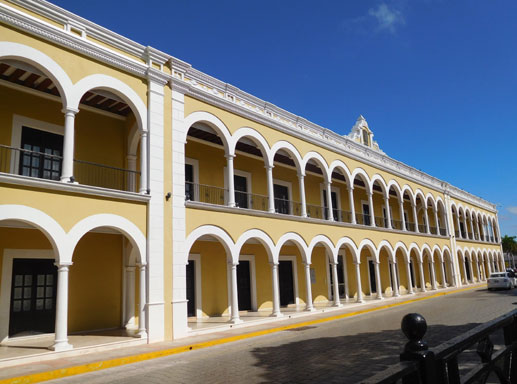
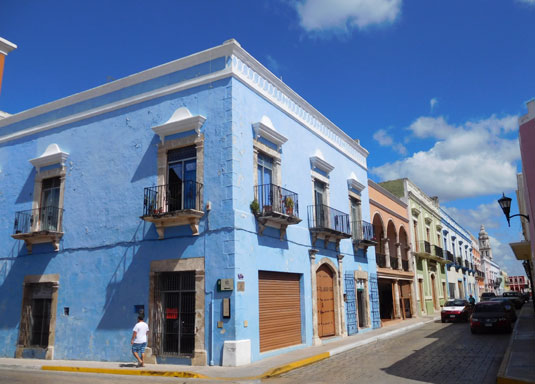
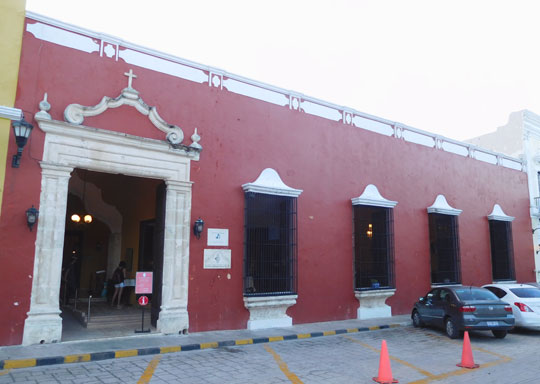
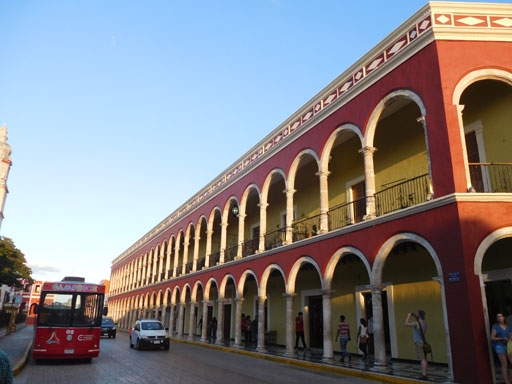
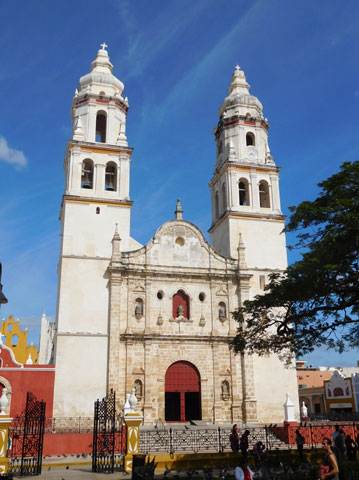
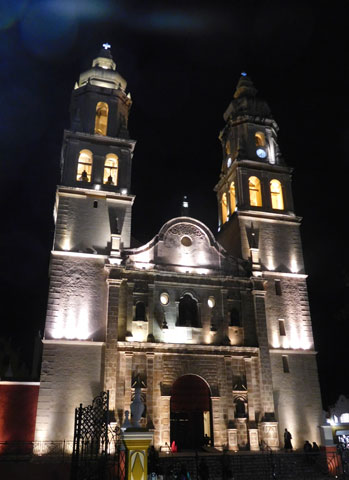
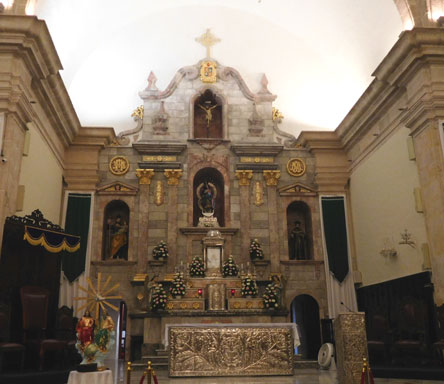
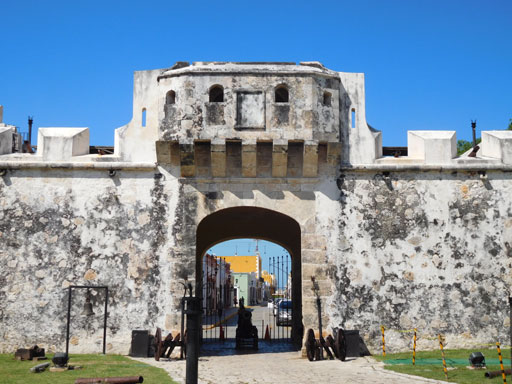
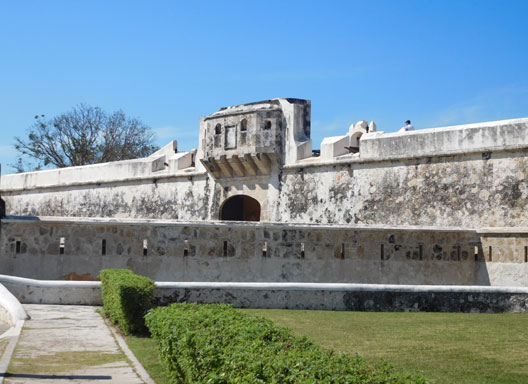
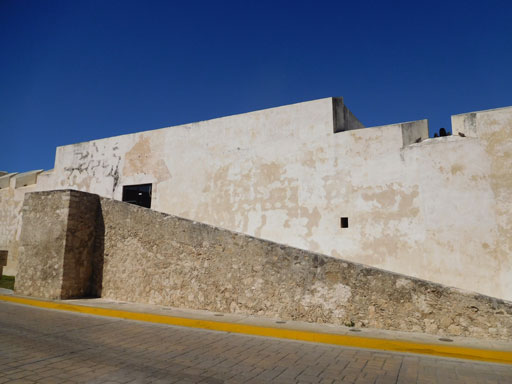
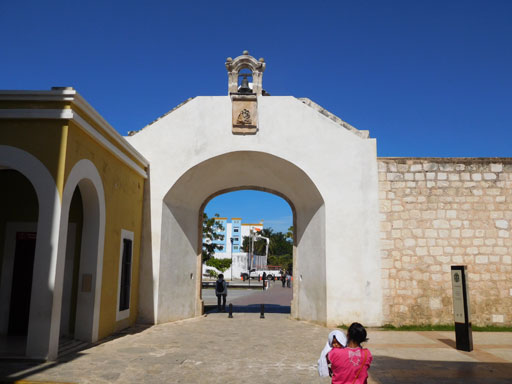
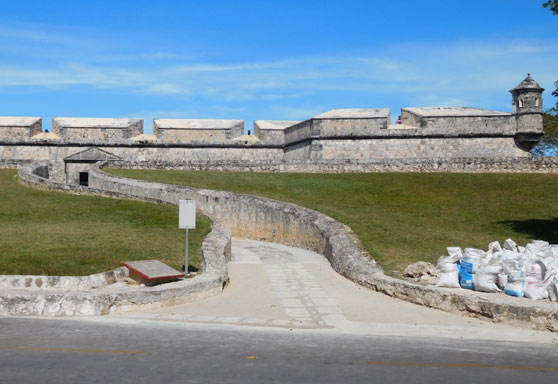
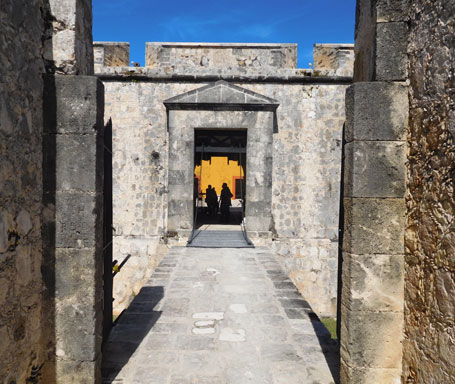
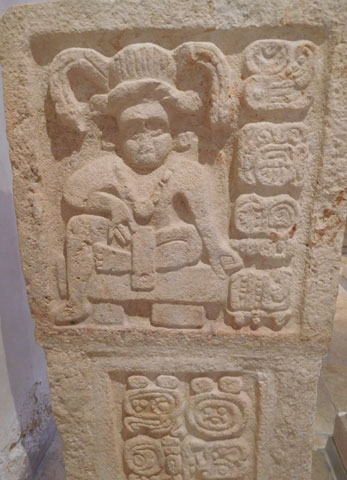
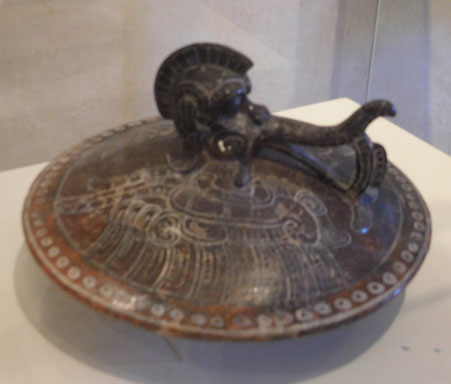
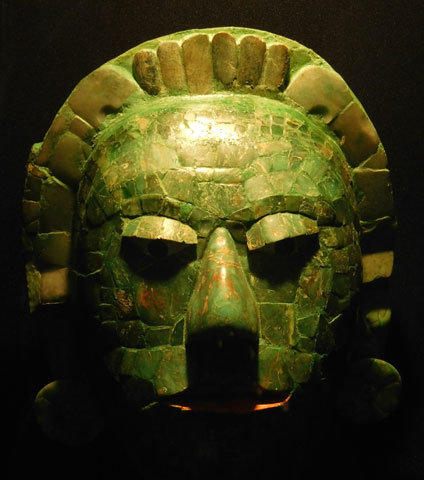
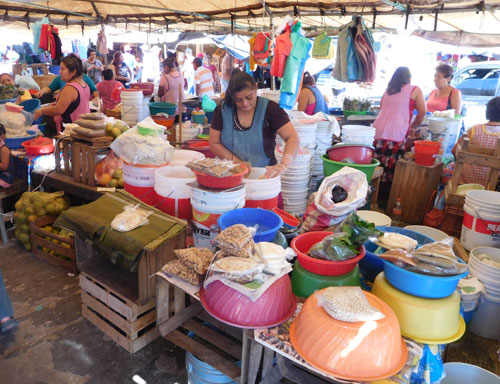
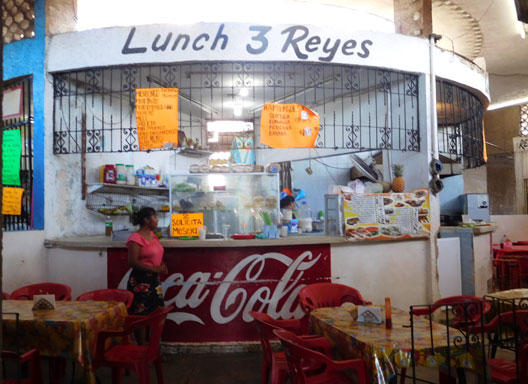
From there, we traveled through the countryside of dense shrubs and pygmy forest, to Merida, the largest city in the Yucatan and the capital of the State of Yucatan. We spent two weeks in Merida, exploring the historic center, visiting museos, sampling Mayan cuisine (we did not learn to love it, through) and immersing ourselves in the history, architecture, art, and vitality of this multifaceted city.
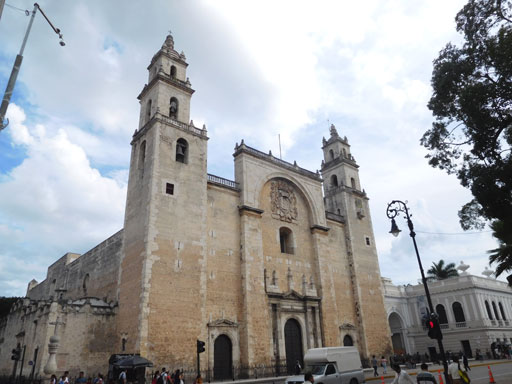
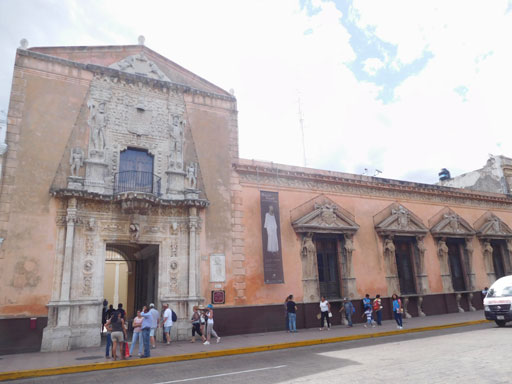
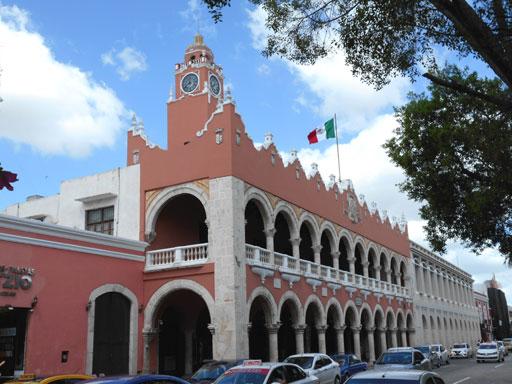
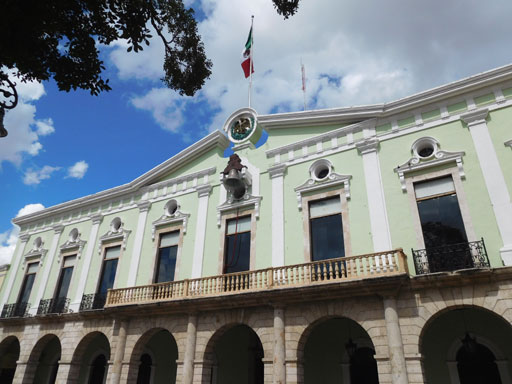
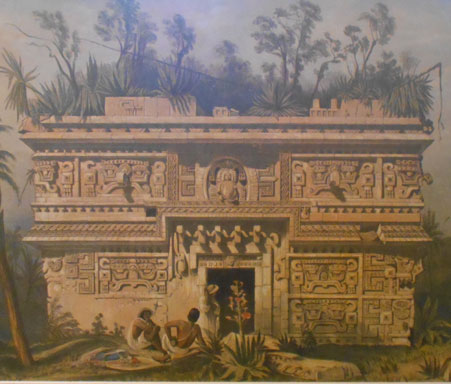
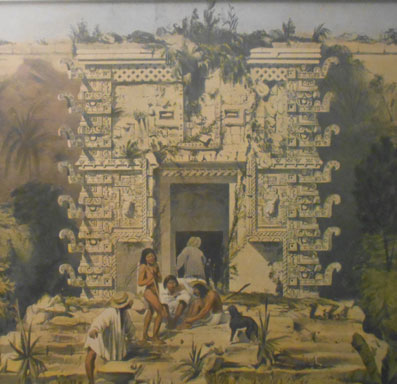
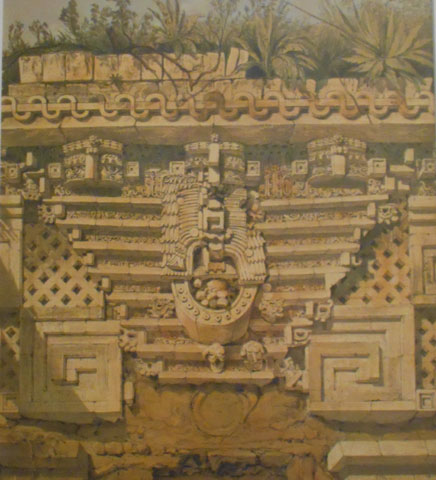
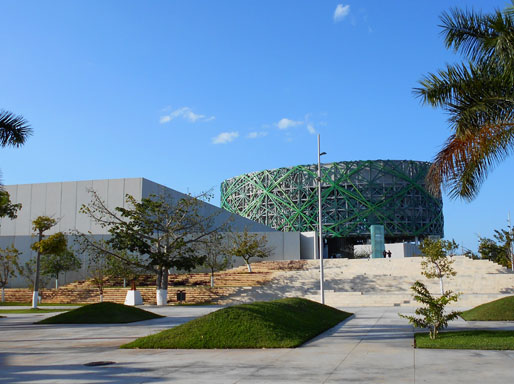
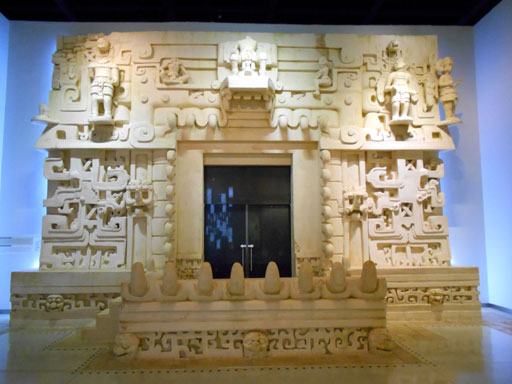
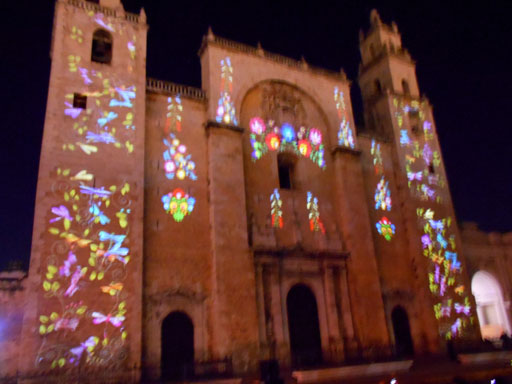
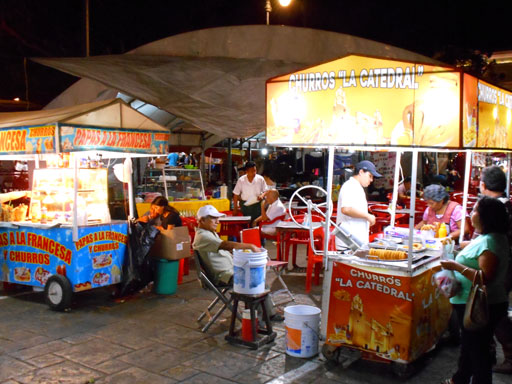
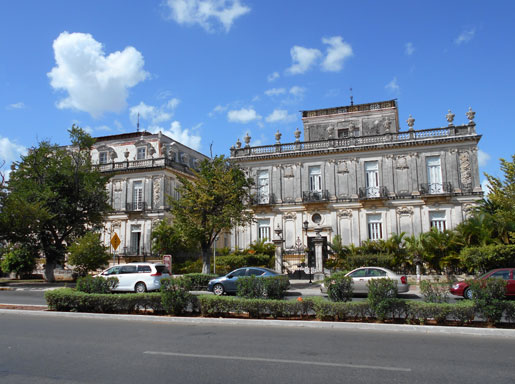
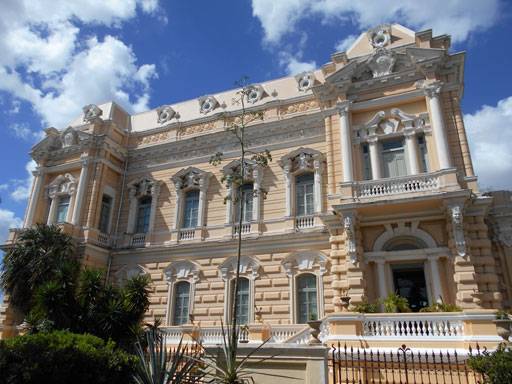
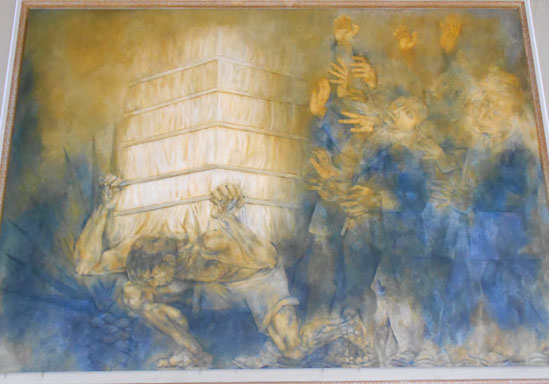
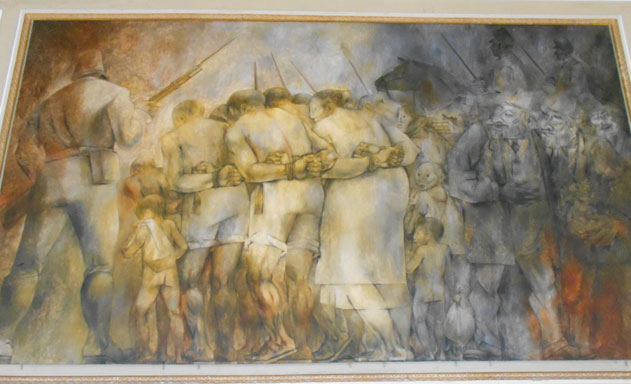
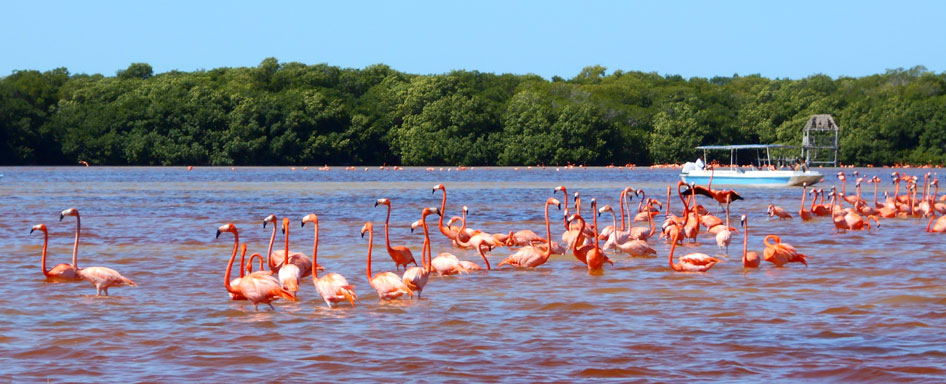
Moving on, another bus ride took us to Tulum on the eastern coast, to visit the Mayan ruins of this former great seaport city, perched on a high cliff overlooking the glowing white playa and deep turquoise sea. Here, we were surrounded by the throngs of day tripping visitors from the resorts of Playa del Carmen and Cancun just north up the coast.
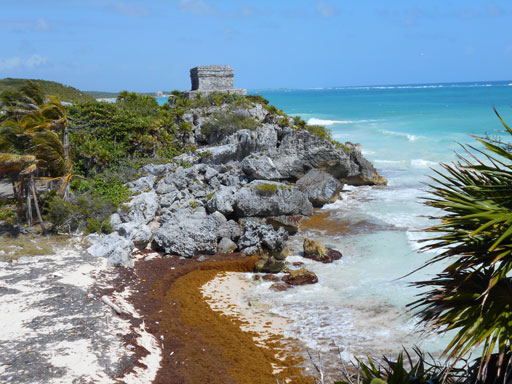
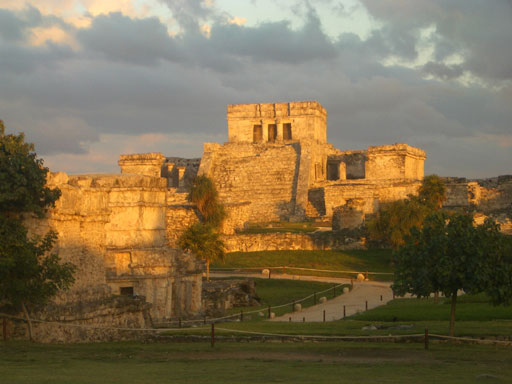
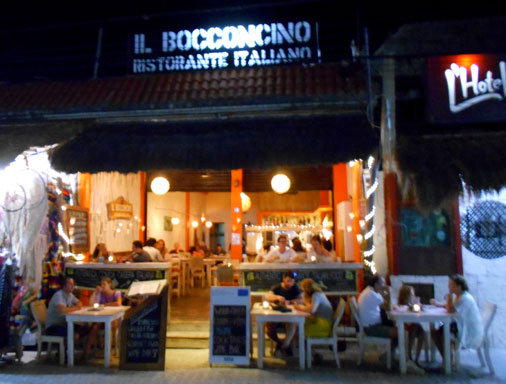
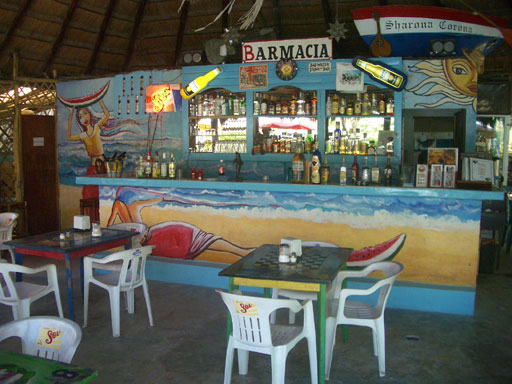
Next stop was Cozumel, where we settled into a charming small hotel on a quiet street a few blocks from the plaza.
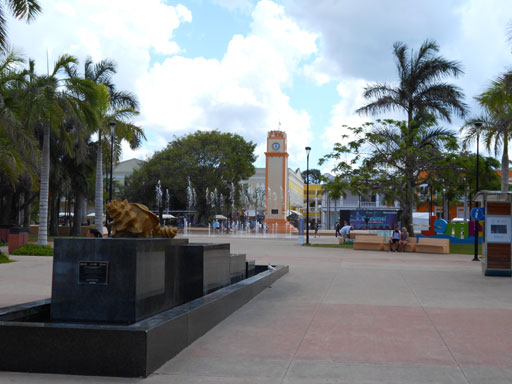
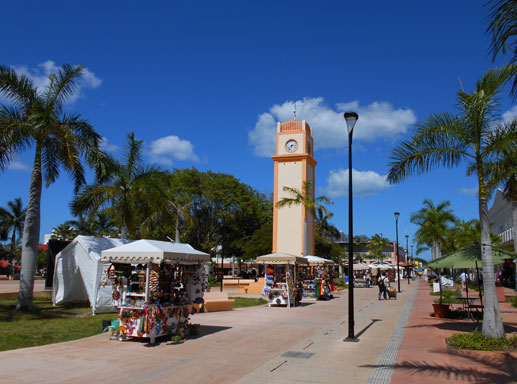
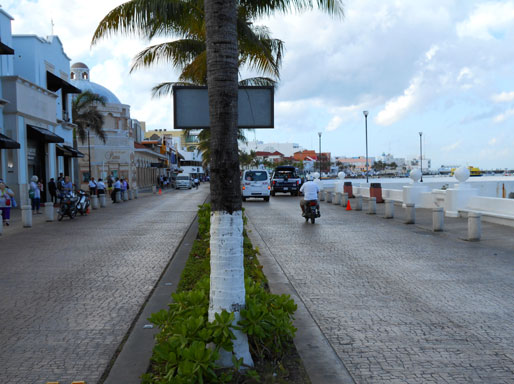
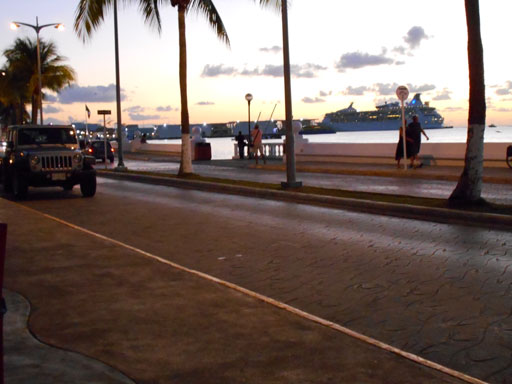
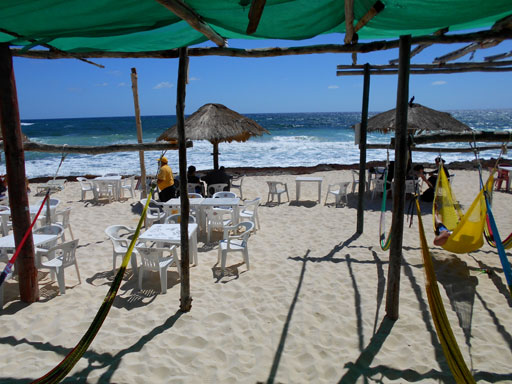
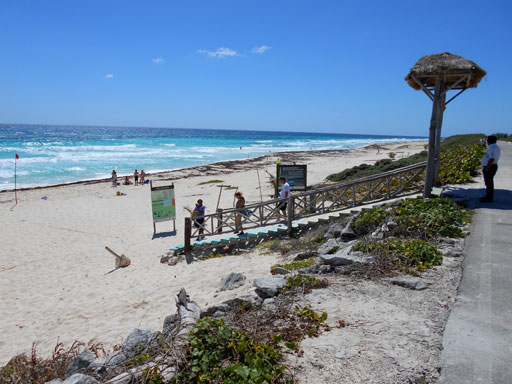
Our Yucatan journey offered us the opportunity to expand our knowledge and understanding of the history of this region of Mexico. Observing the persistence and determination of the Maya to preserve their culture and language filled us with admiration. We realized that these courageous people had endured so much cruelty and mistreatment during the days of the henequin plantations and then had to reinvent their economy when the use of sisal fibers died.
Click here to return to Our Searching the World page
![]()